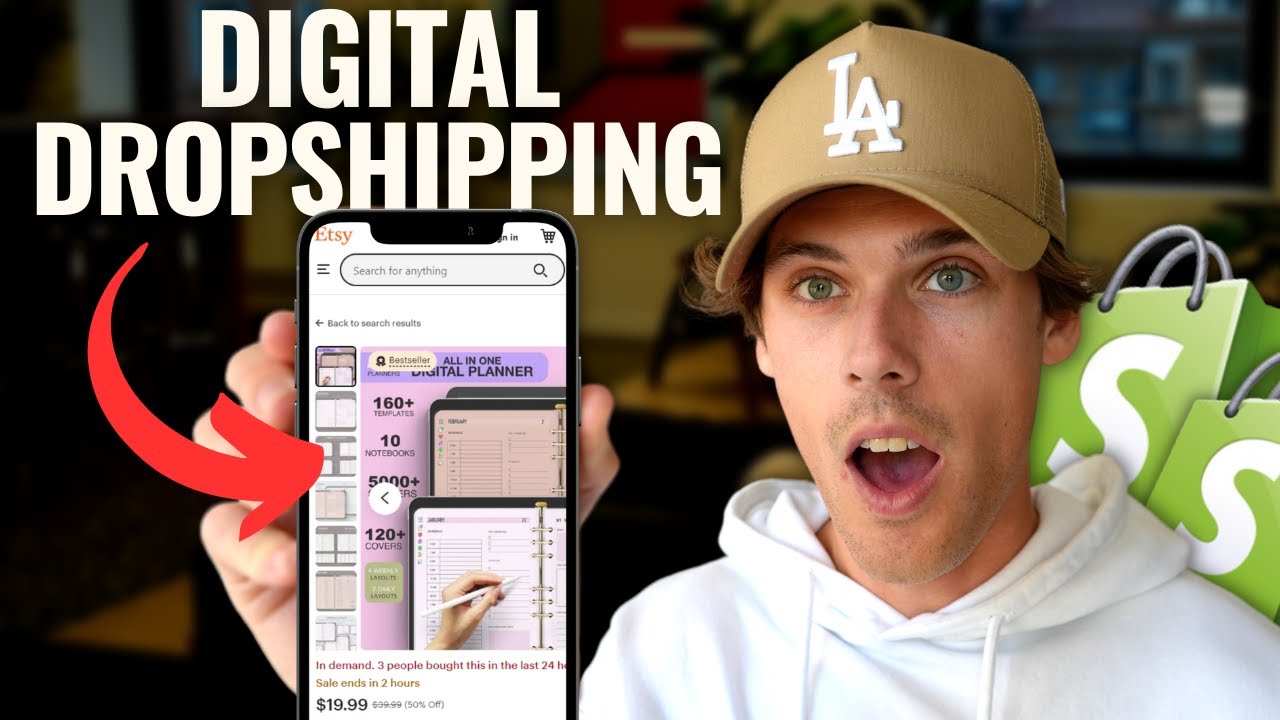
So, you’ve heard about the wonders of dropshipping and you’re ready to dive into the world of e-commerce. You’ve chosen Shopify as your platform, but now you’re faced with the daunting task of actually starting your digital dropshipping store. Don’t worry, I’ve got you covered. In this guide, I’ll walk you through the steps you need to take to set up your Shopify store and start selling products online.
1. **Choose Your Niche**: The first step in starting a successful dropshipping store is to choose a niche. This is crucial because it will determine the products you sell and the audience you target. Do some research to find a niche that is in demand and has a good profit margin. Use Google Keyword Planner to see what people are searching for and to identify potential keywords to target in your store.
2. **Set Up Your Shopify Account**: Once you’ve chosen your niche, it’s time to set up your Shopify account. Go to Shopify’s website and sign up for an account. Choose a unique store name and domain that reflects your niche. Shopify makes it easy to customize your store with themes and apps, so take some time to explore the options and make your store visually appealing.
3. **Find Reliable Suppliers**: As a dropshipper, you won’t be holding any inventory. Instead, you’ll be partnering with suppliers who will fulfill orders on your behalf. Research and find reliable suppliers who offer quality products and fast shipping. Look for suppliers who have good reviews and a track record of working with dropshippers.
4. **Import Products to Your Store**: Once you’ve found your suppliers, it’s time to import their products to your store. Shopify makes it easy to add products with just a few clicks. Make sure to write compelling product descriptions and add high-quality images to entice customers to make a purchase.
5. **Optimize Your Store for SEO**: To drive organic traffic to your store, you’ll need to optimize it for search engines. Use Google Keyword Planner to identify relevant keywords for your niche and incorporate them into your product descriptions, meta tags, and URLs. Write blog posts and create content that will attract potential customers to your store.
6. **Set Up Payment Gateways**: In order to accept payments from customers, you’ll need to set up payment gateways on your Shopify store. Shopify offers a variety of payment options, including credit card payments, PayPal, and Apple Pay. Choose the payment gateways that are


